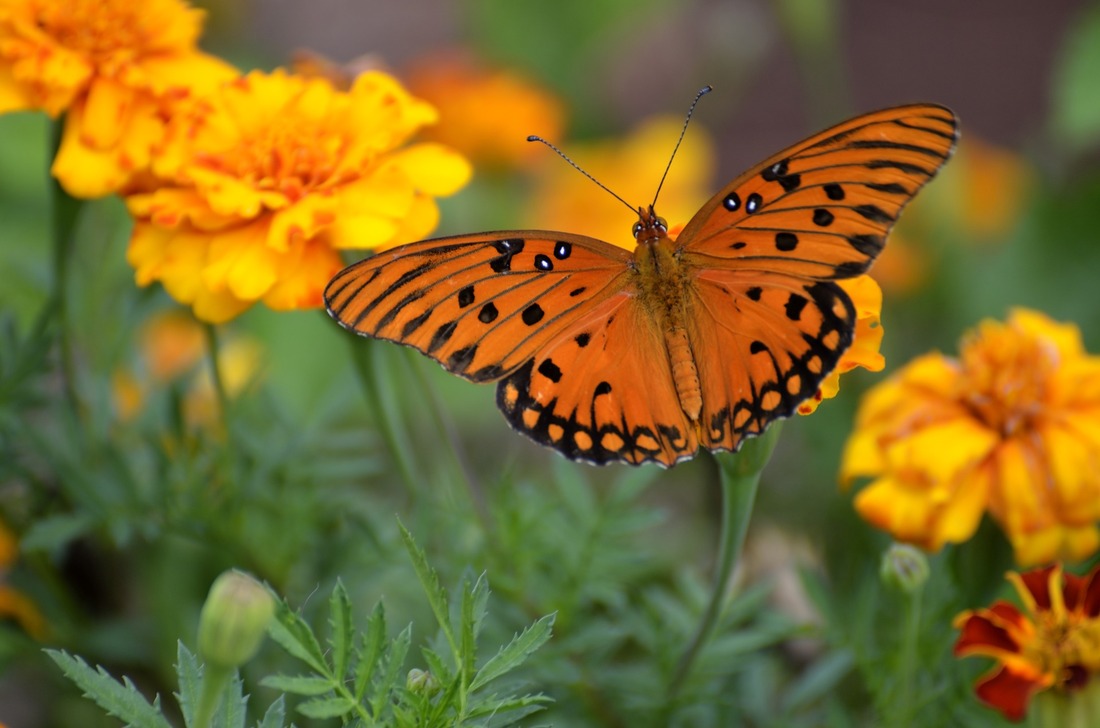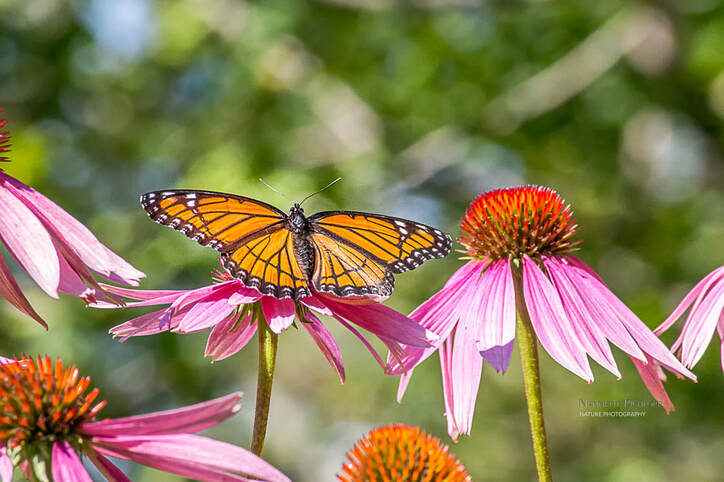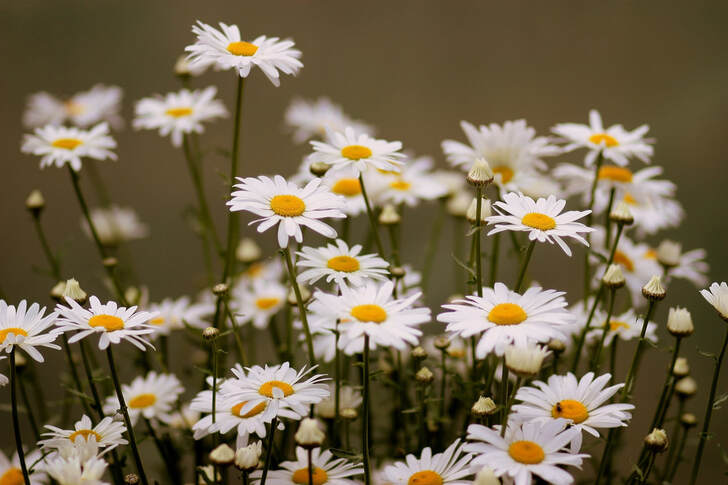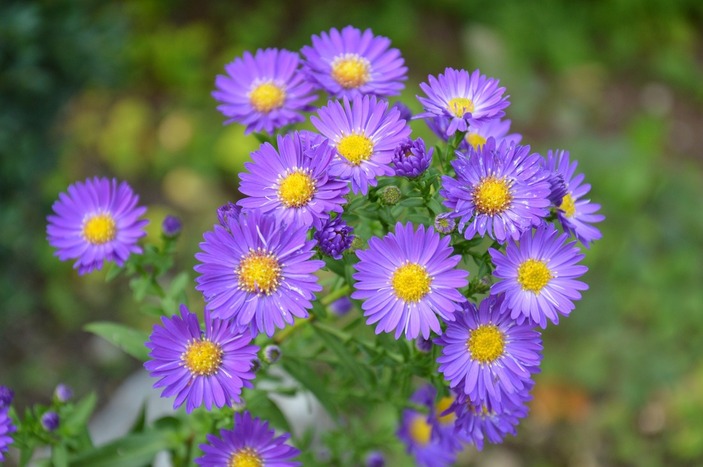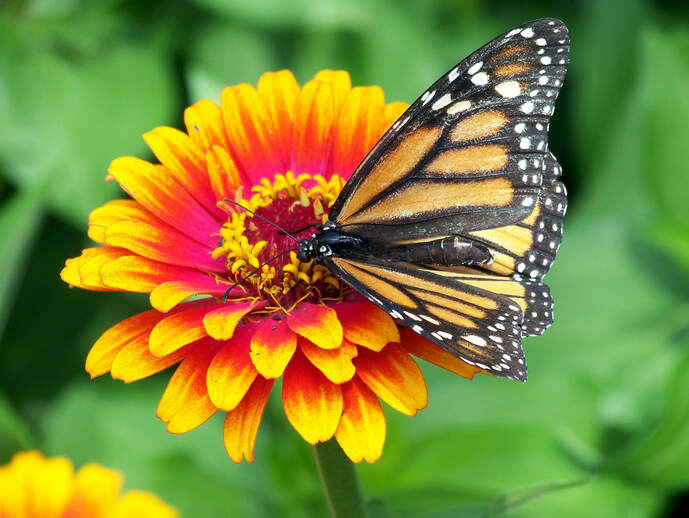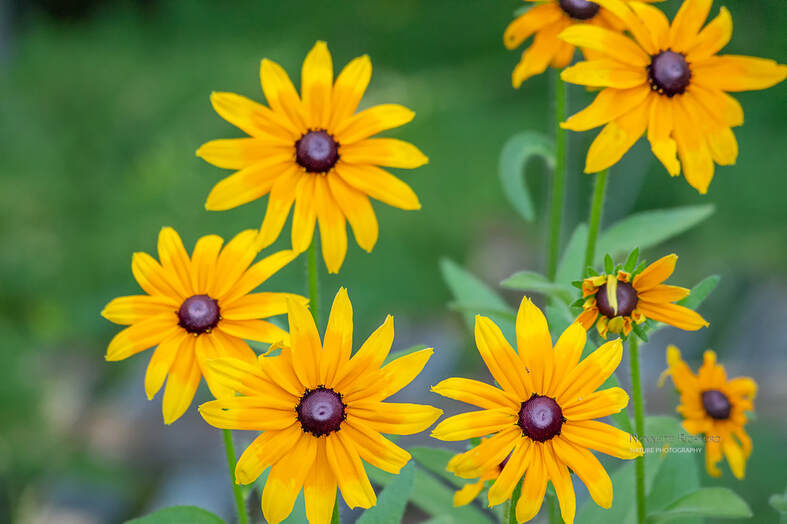Sun-Loving Flowers to Attract Butterflies
Attracting butterflies to you garden is easier than you may think. Butterflies prefer flowers with a broad landing surface so they can land and probe the flower with their proboscis. Daisies and daisy-like flowers provide both the landing surface (the petals) and a good food source in the center of the flower.
Because daisies and similar flowers are composite flowers, the center is made up of hundreds of tiny blooming flowers. This provides butterflies with an ample food source without needing to fly to another plant in search of food.
If you observe butterflies collecting nectar and pollen on a composite flower, you will see that they often probe the individual flowers in the center multiple times as they turn around on the petals.
Because daisies and similar flowers are composite flowers, the center is made up of hundreds of tiny blooming flowers. This provides butterflies with an ample food source without needing to fly to another plant in search of food.
If you observe butterflies collecting nectar and pollen on a composite flower, you will see that they often probe the individual flowers in the center multiple times as they turn around on the petals.
Purple Coneflowers
Purple coneflowers create a striking display of color in a butterfly garden. These hardy perennials return every year creating a burst of color from early summer until frost. Dramatic purple-pink blooms rest atop tall, slender stems and feature petals that fold backward exposing the dark center. Grown in full sun, these flowers provide nectar for butterflies for months.
Shasta Daisies
Brilliant white Shasta daisies make a striking contrast with other more colorful flowers and are natural attractors for butterflies. These daisies look like wild oxeye daisies, but the blooms are larger and they bloom for a longer period.
Shasta daisies return each year in bigger and hardier clumps and produce large, snow-white blooms. Blooming begins in early summer and continues until frost. Add Shasta daisies to your butterfly garden to create contrast and brighten the area.
Asters
Asters produce clusters of blooms in late summer and early fall. Wild varieties range from blue to deep purple and shades of pink, but cultivated varieties are available in a wider range of colors. These hardy perennial plants thrive in full sun and are magnets for butterflies, bees and other flying insects.
Zinnias
Fiery zinnias create a dazzling blaze of color throughout the summer. Available in sizes from dwarf 8-inch varieties to towering giants of 4 feet or more, these delightful annual flowers are easy to care for and thrive in full sun. Plant varieties in yellow, yellow-orange and fiery reds to attract butterflies to your garden.
Rudbeckia
Rudbeckia, commonly referred to as Black-Eyed Susan's, produce daisy-like flowers in shades of yellow and orange. Many feature variegated petals, These sun-loving flowers self-seed readily and keep a constant supply of new plants each year. Try pairing them with purple coneflowers to enhance the beauty of each.
